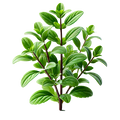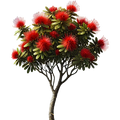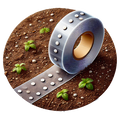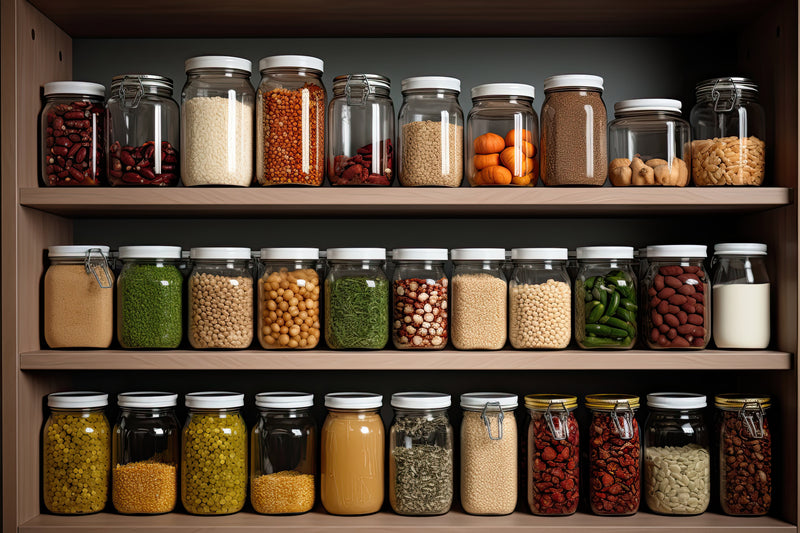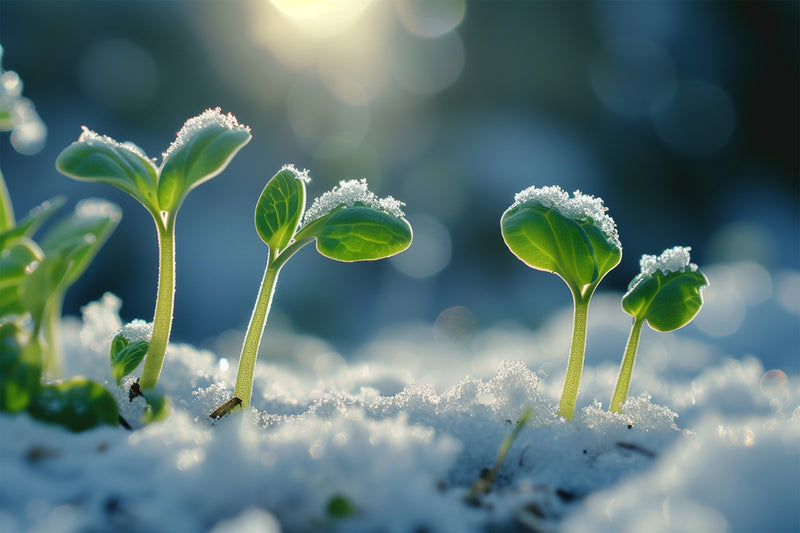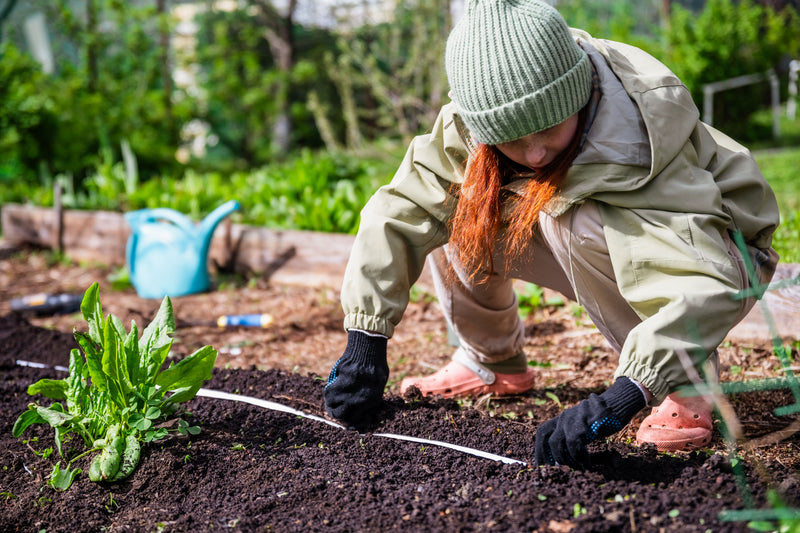Basal Branching
Branching habit from the base.
Botanical Name
This is the scientific name and identifies the genus and species to which the plant belongs to. When importing seeds in NZ, this scientific name must appear as approved on the Ministry for Primary Industries otherwise the seed may not come in. Typically those non-approved are invasive or known to us as weeds.
Bolting
Plants that are going to seed. Often happens at the end of the plant’s life cycle but can happen due to stress or a change in weather patterns when the plant thinks the season have changed. Usually produced on a large seed stalk.
Cloche
A container placed over plants (usually that are already planted in the garden) to protect them from cold weather conditions – these are removed once the weather remains warm. Also useful to keep plants protected from slugs, snails and rodents.
Dead Heading
Snipping off spent (dead) flowers from plants to encourage further flowering. Helps keep the plant healthy, as often the spent flowers turn into seed heads and the plant then changes its focus on production of seed rather than showing off its flowers.
Floriferous
Bearing lots of flowers.
Leaf Type
Cotyledon
The seed leaves or first leaves that emerge from a germinated seed, different in form from the later “True Leaves”.
True Leaves
The leaves that emerge after the cotyledons, these leaves are true-to-type of the mature plants leaves.
Panicles
A cluster of flowers on a plant consisting of several individual stalks (racemes) each of which has a series of single flowers along its length.
Plant Growing Categories
Annual
Plants that you must replant each year. They germinate, grow a plant, flower, or produce fruit and then die off. In warmer climates some plants may survive, or self-seed and grow the next season, but in general terms they are still best treated as an annual.
Biennial
A plant that’s life cycle takes two years. Often these plants grow in the first season, flower, or fruit in the second season and then die off. Some biennials are bred to flower in the first season, but typically they do much better in the second season.
Perennial
Regrows every spring. During the winter sometime these plants look like they have died, but they will grow again the next season and continue to flower each year. Some evergreen perennials will continue to increase in size each year.
Plant Hardiness
Half-Hardy
Will tolerate some cooler conditions but not severe frosts.
Hardy
Will tolerate frost.
Tender
Needs warmth, will not tolerate cold.
Plant Types
Determinate
These varieties grow to a fixed mature size and ripen all their fruit in a short period. Once the first flush of fruit has ripened, the plant will begin to diminish in vigour and will set little to no new fruit.
Indeterminate
These plants will grow and produce fruit until killed by frost and can continue to grow (as in tomatoes) up to 2 metres. They will continue to bloom, set new fruit and ripen throughout the growing season.
Heirloom
This variety will have survived for several generations, usually due to the efforts of private individuals. These plants are often selected because of their garden performance or flavour and are always in danger of dying off if future generations don’t continue with them. They are always and Open Pollinated variety.
Hybrid
A plant that has been pollinated between two parent plants to give a genetically superior plant. This may result in a more uniform plant height, disease resistance or improved colour. Seed saved from a Hybrid may not be true-to-type the following sowing, it may revert to one or other of the parent lines. This is not Genetic Engineering.
F1 Hybrid
The first generation of a hybrid cross. This is stated in the name.
F2 Hybrid
The second generation of a hybrid cross. This is stated in the name.
Open Pollinate
Natural pollination of plants of the same variety. These are non-hybrid seeds or plants (no assistance or intervention from plant breeders.)
Pricking Out
Once seeds have germinated and grown their “True Leaves”, they are then transplanted either into a larger container or direct where they are going to grow, this is known as “pricking out”.
Prophouse Germination
The use of “Greenhouse” conditions to propagate the seedlings. Can be in a glasshouse or in a container that produces a glasshouse environment.
Scarification
Scratching, or notching the seed coat to assist in germination. Typically, this applies to hard coated seeds such as Kowhai.
Stratification
A refrigeration process. The gardener’s way of mimicking Motor Nature’s cold winter conditions by placing seeds/plants in a fridge. In the wild “seed dormancy” is overcome by the seed spending time in the ground through cold winter spells. This breaks down the hard seed coats (in combination with moisture and bacteria.) When the seed is reintroduced to warm conditions its biological clock thinks it is spring and therefore time to germinate.
Vermiculite
A lightweight, sterile, inert material suitable as a cover on seed trays. Gives germinating seedlings the best start by reducing fluctuations in the seed tray environment, keeping the growing media moist.
Vigour
The speed and strength of a plant to establish.





